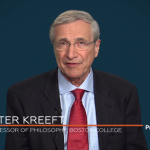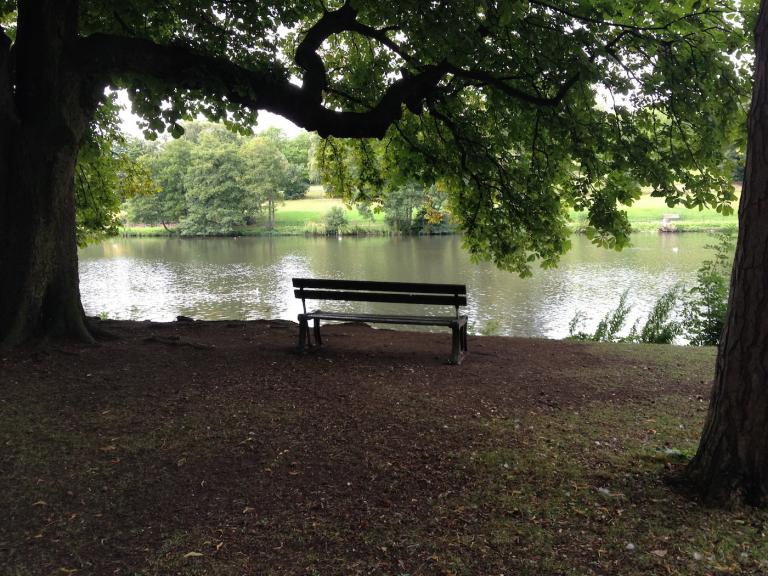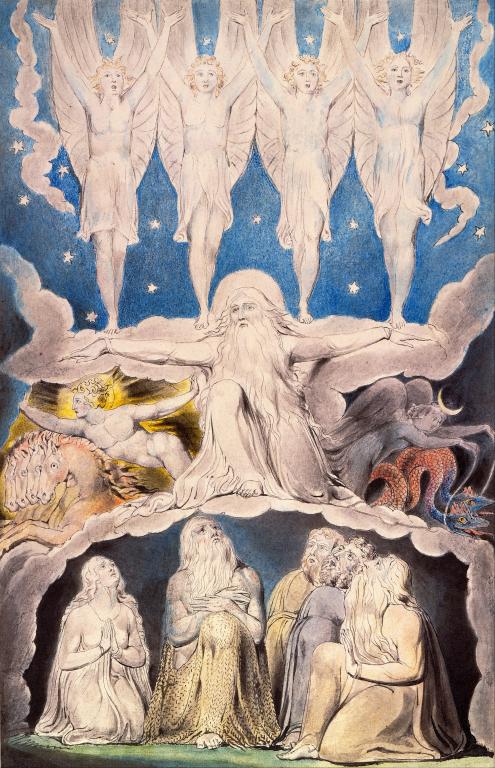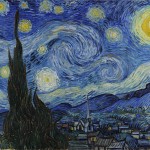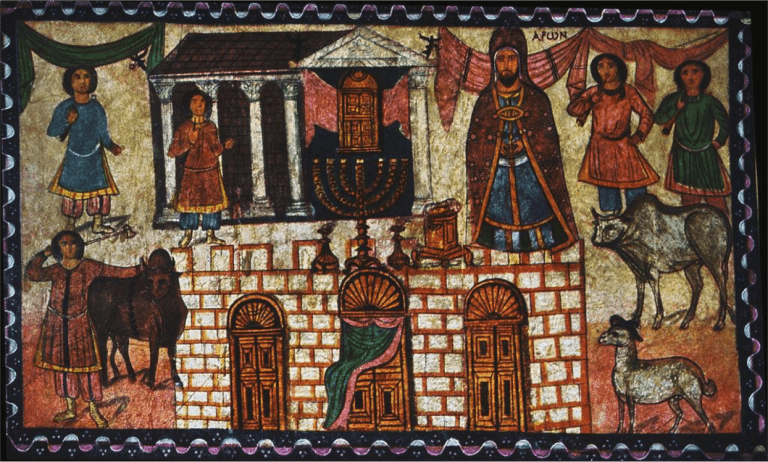Critical Essays
Traditionally in a review one might spend the majority of one’s time reviewing this section. After all, these are essays by living figures engaging with the texts and figures that have been presented in the Primary Sources and Poetry. I will not do this. The reasons are simple: these essays, while mostly excellent, are of secondary importance for this book and this review is already far too long. While all the essays are helpful in their own way, I want to particularly recommend the essays by Aaron Riches, Robert F. Slesinski, Jennifer Newsome Martin, Artur Sebastian Rosman, and Michael Martin.
Martin’s essay, “The Poetic of Sophia” also serves as a conclusion for the book. Here Martin outlines not so much about sophiology proper, but about the poetic nature of sophiology. It is important to note that while Martin does use poetic/poetry to refer to texts arranged in verse form, he also has a broader usage. For Martin poetic seems to mean a kind of focus on beauty. Verse holds the preeminent place for sure since, “the poem…does not exist in its medium of presentation” (388). The poem, for Martin transcends its appearance on the page and “only truly comes alive through acts of contemplation” (388). But this is not limited to verse or at least not to verse as traditionally understood (even Kelly’s poem “The Heavenly Country” is not laid out in lines of verse). While this use of poetic can be confusing (and seems to me a way of talking about poetry and literature under one category that does not depend on its being written), Martin uses it to engage the reader in a new way of seeing and understanding. This way of seeing and understanding is “poetic” in that creation is read as a poem, one, we might say, being sung by Sophia. To me this seems consonant with sacramental imagination and sacramental ontology, as Rosman’s essay in this volume would seem to confirm.
Conclusion
This review has rather gotten away from me, but this book is massive and its goal is as well. I highly recommend this book. Many readers, and I am among them, will struggle with the more marginal aspects of the figures discussed in this book. The alchemy and mysticism represented particularly in the early European sources can be almost off-putting for those unfamiliar with it. There is no denying that some of this may edge close to the line between orthodoxy and heterodoxy. Nothing in this book should be accepted uncritically. However, for those who struggle with modernity and even post-modernity this book can serve as a helper in seeing reality in new and different ways. Whatever one may think of Sophia, there is no denying that for Christianity to remain Christianity we need methods of thinking, seeing, and acting, that are not bound up in Enlightenment, demythologized, buffered ways of thinking. This book will aid in that end. This book is an important piece in what Martin has called the Radical Catholic Reimagination of Everything (see my answer to that call here), and if ever there was a time we needed such a reimangination of everything it is now.
Sincerely,
David

